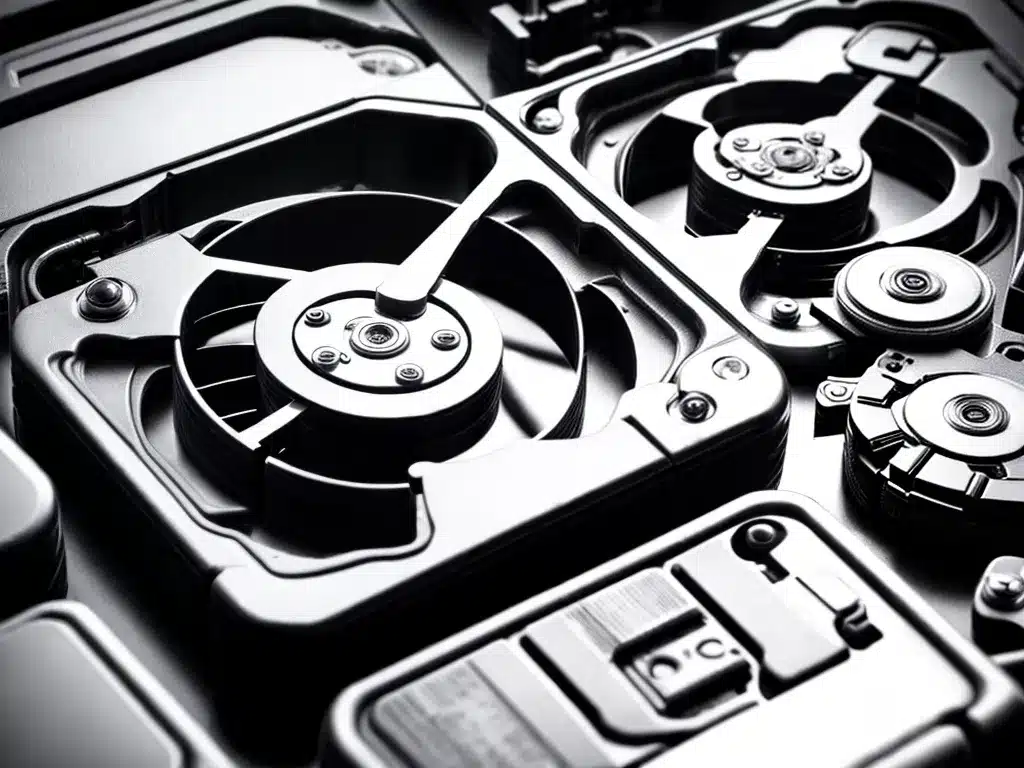
Introduction
As a business owner, one of my worst fears is having my computer crash or important files become corrupted without a proper backup in place. When disaster strikes and you lose access to critical data, it can bring your business operations to a grinding halt. Thankfully, there are steps you can take to recover corrupt backup files and get your business back up and running quickly. In this article, I’ll walk you through the best practices I’ve learned for protecting your data and recovering from backup corruption issues.
Regularly Perform Backups
The first line of defense is having regular backup copies of all your important files. I highly recommend implementing an automated daily or weekly backup routine. Options include:
-
External hard drives – Affordable and easy to use. Manually connect the drive and run the backup periodically.
-
Cloud backup services – Secure offsite backup of files. Set automated schedules and restore from anywhere. Popular options include Backblaze, Carbonite, and CrashPlan.
-
Server-based backups – Use built-in backup tools for servers or enterprise backup software solutions.
Backing up regularly prevents data loss in case of hard drive failures or ransomware attacks. Test restores periodically to ensure your backups are working properly.
Store Backup Media Properly
It’s not enough to simply have backups – you need to store them properly to protect against data loss. Some tips:
-
Keep a copy onsite and offsite in case of fire, flood, or theft. Consider a bank safe deposit box for offsite storage.
-
Store media in a cool, dry place away from environmental dangers like heat, cold, or moisture.
-
Periodically check backup media for signs of degradation and make fresh backups every few years.
Proper storage helps prevent backup corruption and ensures you can restore when needed.
Recover Data from Corrupt Backups
Despite your best efforts, backup corruption can still occur. Here are some troubleshooting tips for recovering data from corrupt backup files:
Check Backup Logs
Consult the backup logs to pinpoint errors and understand the scope of corruption. This can guide your recovery approach.
Try Restoring to an Alternate Location
Attempt restoring files to a different folder or drive than the original. This isolates corrupt data.
Use Data Recovery Software
Programs like Stellar Data Recovery scan backups and repair corrupted files. This can salvage data from even severely damaged backups.
Send Out for Professional Recovery
For critical business data, consider sending damaged media out to a professional data recovery service. They use specialized tools in a controlled lab environment. This option costs a few thousand dollars on average but has the highest success rate.
Prevent Future Corruption Issues
Once you’ve recovered your files, it’s essential to investigate what caused the backup corruption and prevent it from occurring again:
-
Troubleshoot problems with storage devices, drives, or media.
-
Check for software bugs, antivirus conflicts, or computer crashes that may have caused data errors.
-
Analyze backup software for glitches and ensure proper configuration.
-
Upgrade to business-grade backup tools if using consumer products.
-
Consider implementing backup monitoring to identify corruption issues early.
Taking preventative measures reduces the odds you’ll wind up relying on corrupt backups again down the road.
Conclusion
Recovering damaged backups is stressful but absolutely critical for business continuity. By following best practices around performing backups, storing media properly, using recovery software, and preventing future corruption, you can minimize downtime and lost data if disaster strikes. Just remember – a good backup strategy takes some time and effort upfront, but it’s a small price to pay for peace of mind knowing your business can quickly bounce back when needed.












